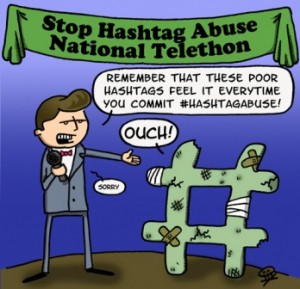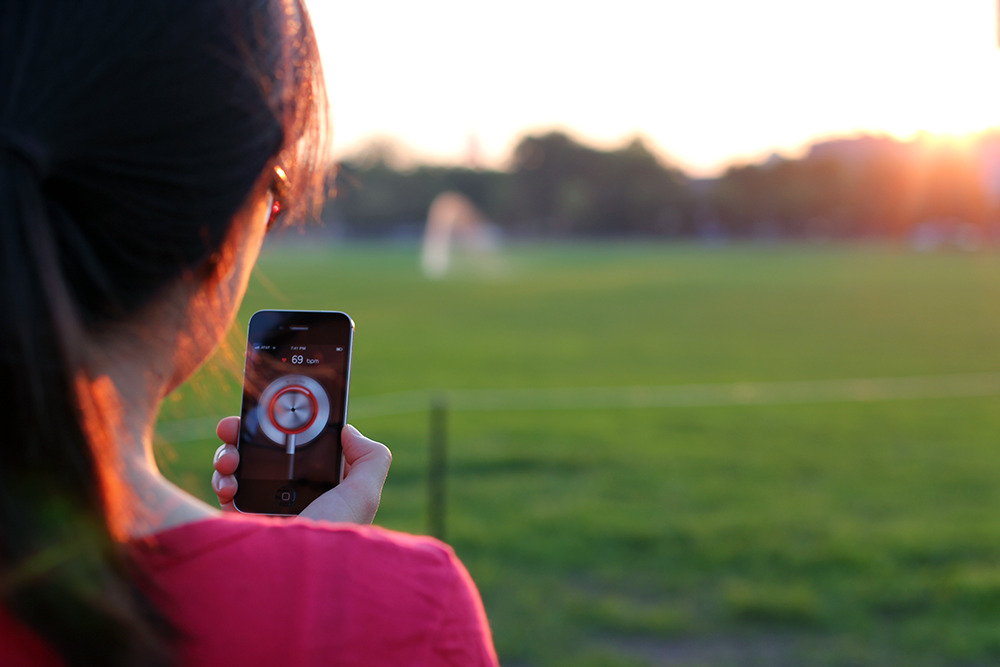Nicholas Kristof’s latest column on academia’s detachment from public issues raises many excellent questions for intellectual leadership in a digital era. Should academics be more visible in public debate? Should their work more directly address current policy matters? Should academic culture be faulted for fostering insular thinking?
The one question Mr. Kristof didn’t address is the one most worth asking: What can we do about it? How can we better connect academics to social issues, public conversations, and societal interests? As we discuss matters of health design, e-patients, and digital presence in “Medical Media Arts Lab,” can we look beyond the individual to understand the systemic inhibitors of public engagement in academia?
Kristof’s piece suggests the solution is for individual academics to simply become more involved:
Professors today have a growing number of tools available to educate the public, from online courses to blogs to social media. Yet academics have been slow to cast pearls through Twitter and Facebook.
While individual willingness to participate in the public forum is important, these issues run deeper than that. We need more than intent and a platform. What we need is a broad rethinking of the way we educate, evaluate, and engage in academia.
Education. During her training, an academic will learn how to ask a research question and develop a method to test it. What she won’t learn is how to communicate it. And I don’t mean the sort of weighted jargon of p-values and regression coefficients, but the type of dialogue that can spark a bus stop conversation or tell a story at a high school career fair. If we want academics to be publicly engaged, let’s start by teaching them how it’s done.
Evaluation. In today’s publish or perish climate, engagement that can’t be measured in citations or impact factors is an afterthought. What earns tenure is a publication in Science or a major NSF grant, not a Twitter feed or a NYTimes column. To cultivate holistic academics, we need holistic measures of value and impact. Would we need Kristof’s article in a world where public impact was a factor in grant awards or tenure decisions?
Engagement. Perhaps the strongest, and toughest, catalyst for public thinking is a cultural shift where academia embraces its role as a service to the public. Public scholarship isn’t simply ignored in today’s academia, but often actively discouraged. To advocate and engage is to sacrifice credibility and accountability, the currencies upon which research careers are built. Rather, academia should embrace the accountability and responsibility that comes with public research dollars. It should recognize the pedestal for impact and change that their expertise confers, and leverage it for public good. This culture shift won’t be simple, but it’s absolutely critical.
Academics must recognize the importance and imminence of a shift towards public engagement. Those who don’t will soon meet the most compelling impetus of social change: obsolescence. In the age of crowdfunded citizen science ventures, patient-driven medical research, and growing popular antagonism towards science, those who don’t embrace the public sphere will find themselves consumed by it.
This post is a modified version of the original, which appears here.






